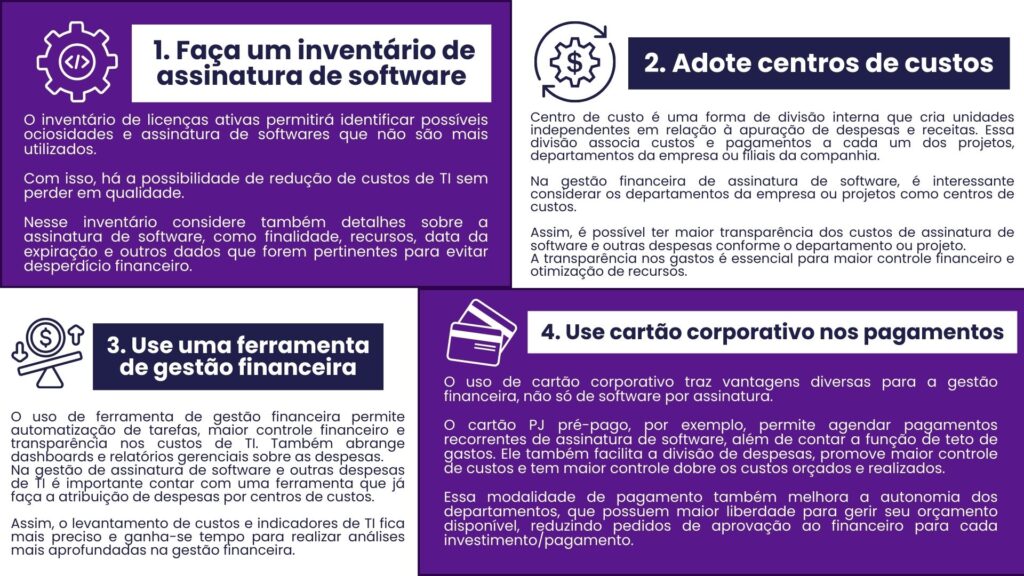Software License Management (SLM) is the process of controlling, documenting, and optimizing the use of software licenses within an organization to ensure legal compliance, reduce costs, and increase security.
The article details the importance of efficient software license management in a constantly growing IT market, addressing the definition of expenses, license types (SaaS, perpetual, open source), the correct accounting classification (current vs. capital expenses), and best practices for optimizing costs and aligning license management with IT Governance frameworks (COBIT, ITIL).
License management can be very beneficial for immediate cost savings, security, and compliance, as well as being a pillar of governance. Learn more about 4MATT, a ServiceNow partner, if you want to optimize your workflow, automate IT asset management, and ensure compliance with your software licenses.
What is Software License Management (SLM)?
Software License Management (SLM) is the set of practices for monitoring, controlling, and documenting all software licenses used within a company. After all, given the exponential growth of global software spending, this process is fundamental for reducing costs, avoiding waste, ensuring legal compliance, and strengthening the company's image. IT Governance.
Software licensing expenses: how to reduce costs and strengthen IT governance.
According to Statista data, the enterprise software market is growing rapidly. In 2022, global spending on enterprise software reached approximately $672 billion, representing a growth of 111% compared to the previous year. Given this scenario, monitoring software subscriptions becomes fundamental for sustainability and... company's financial health. Therefore, it is imperative that organizations implement rigorous and effective license management.
What constitutes software licensing expenses?
Companies create software licenses as contractual documents that determine how a program can be used — whether it is in the public domain, protected by copyright or based on open source.In general, a license defines:
-
Usage rights (who can use it and how);
-
Rules for copying and modifying the code;
-
Update and technical support policies;
-
Penalties for non-compliance.
Therefore, understanding license types and their financial impacts is essential for efficient IT cost management.
Types of software licenses and their financial impact (SaaS, Perpetual, Open Source)
The mode of operation and, consequently, The cost of each license varies according to the... type of license. Ultimately, different acquisition models require distinct management approaches.
-
Perpetual Acquisition: It works like purchasing the program. The user can use it for life, however, often without the right to updates or maintenance included.
-
SaaS (Software as a Service): Similar to ASP (Application Service Provider), but the software is stored in the cloud and does not require installation. Payment is recurring (monthly or annually) and usually varies according to the number of active users or the volume of resources used, requiring dynamic control.
-
Open Source and Free Software: Although open-source code offers more freedom for modifications, this does not necessarily make the software free, as costs associated with customization and support still apply.
-
License/Per Machine: It allows the program to be used on only one machine, with updates included; however, it requires the payment of administrative fees.
It's also worth remembering that there's a trend towards new forms of licensing, which are increasingly adjustable and customizable. As a result, the complexity of management only increases.
How should licensing expenses be classified in accounting terms?
A company can classify expenses as current or capital expenses, according to their impact on equity. This distinction is essential for business accounting and also for financial planning.
-
Current Expenditure: Temporary licenses, subscriptions, and rentals (e.g., SaaS) are classified under item 3.3.XX.40 (software rental) and recorded as a decrease in net worth.
-
Capital Expenditure: Development of proprietary software that integrates an intangible asset (e.g., intellectual property software). These are classified under item 4.4.XX.40.
4 practical tips to optimize costs
What are the risks of using unlicensed (pirated) software?
Using pirated software can have serious consequences, far beyond the initial cost saved. In short, the financial and reputational risk is high.
- Vulnerability to cyberattacks and data theft (phishing and malware);
- Technical instabilities due to lack of support and updates;
- Loss of credibility and damage to the company's image;
- High fines and legal penalties for violation of copyright.
Therefore, investing in official licenses is not only a matter of security and compliance, but also of long-term business strategy.
Read also:
Software license: understand how it works
IT Asset Management avoids waste in your company
License management as a pillar of IT governance.
IT governance requires alignment between technology and corporate strategy. In this context, license control is a strategic asset and, in conclusion, it is essential for IT maturity.
-
Avoid non-compliance and fines. (Ensuring that the number of licenses in use does not exceed the contracted amount);
-
Ensures operational continuity. (By avoiding downtime due to the use of unsupported or unstable software);
-
It promotes data-driven decision making. (Regarding future acquisitions and renewals);
-
It supports the reduction of IT costs and risks..
Governance references: ITIL, COBIT and ISO in license control.
Several frameworks reinforce the importance of Software Asset Management (SAM/SLM):
-
COBIT: It focuses on controlling, optimizing, and increasing the value of IT investments, where licenses are assets to be managed.
-
ITIL and IT Asset Management (ITAM): It guides the management of assets and configurations (CMDB), with the license being a critical configuration item that must be controlled throughout its lifecycle.
-
ISO/IEC 38500: It defines principles for ethical and responsible IT governance, which includes the legal and efficient management of software assets.
In short, incorporating these frameworks into the company's routine is a way to ensure not only compliance, but also maturity in the use of digital resources.
FAQ – Software License Management
1- What is Shelfware?
A: Shelfware This term refers to software licenses that have been purchased but are installed or unused, representing a waste of capital.
2. What is the difference between SaaS and a Perpetual License?
R:: SaaS is a rental or recurring subscription model, with the software hosted in the cloud. A Perpetual License is a one-time purchase of the right to use the software indefinitely, usually with additional costs for maintenance or updates.
3- Is License Management mandatory?
A: Yes. In addition to being a good IT Governance practice, it is essential for compliance with contracts (terms of use) and laws. copyright, protecting the company against fines.
Next steps
Do you want to understand how ServiceNow technology can optimize Software License Management and strengthen IT Governance in your company? Speak to one of our 4MATT specialists now. Discover how we can help you reduce costs, gain visibility into your assets, and ensure legal compliance.




